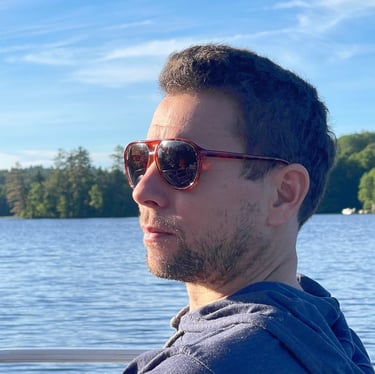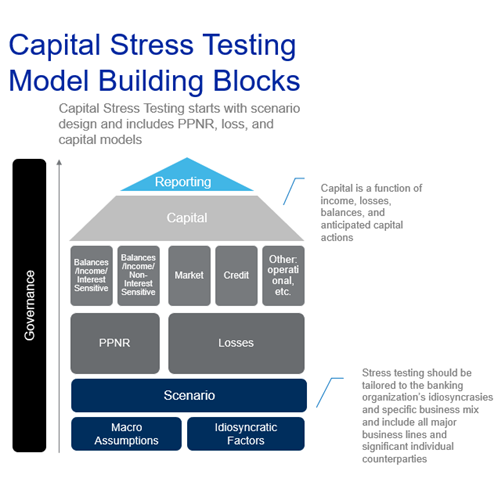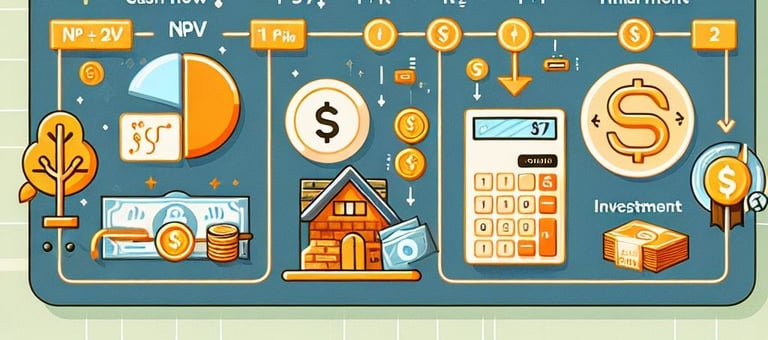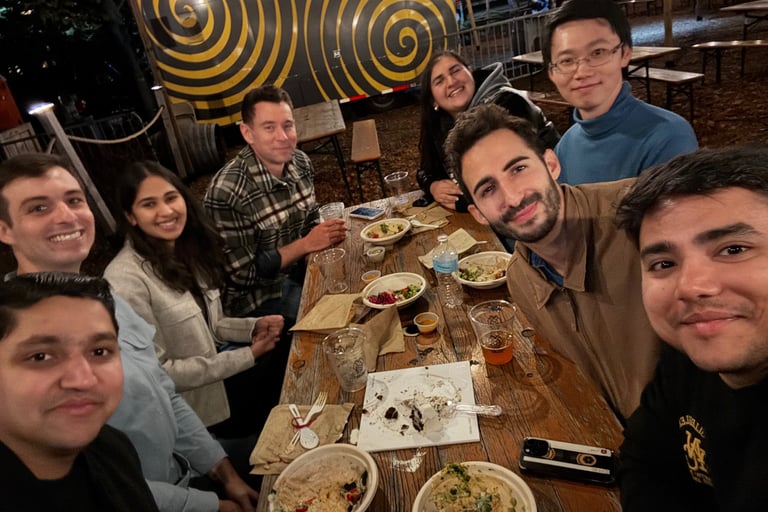Skills


With over 15 years of progressive leadership in banking, credit risk, and analytics, I bring a rare fusion of deep technical expertise and strategic vision to every role I take on. From building behavioral models that reshape risk awareness and strategy to architecting CECL and stress testing frameworks years ahead of schedule, I’ve consistently delivered results that elevate departments and drive enterprise-wide impact.
Strategy
Capital Stress Testing (CCAR, HCR)
Skills: Python (Pandas, Sklearn, Matplot), Statistics, PowerPoint, Presenting, Governance, Leadership, CECL, Finance, Economic Forecasting,
Stress Testing Models and Methodology is critical for the process of strategic decisioning. With forethought the setup and implementation of a good Capital Stress Testing process supports CECL, Budgeting, and regulatory Stress Testing.
At DCU I completed the first ever Capital Stress Testing (CPST), two years ahead of schedule. We strategically decided to do a quick, simple rollout that would enable us to begin building 'the pipes', conversations, and reporting to support a massive leap in our capabilities.
The final vision is a single system bridging many financial forecasting needs with the final product serving in the CPST regulatory requirements. Along the way it will be able to answer a variety of strategic decisions and support our core businesses. We counting on positive feedback loops between governance, review, and reporting while reducing costs.


Source: Moodys.com
Statistics, Machine Learning, and Data Science
Developed machine learning (logistic) models to forecast defaults across all consumer lending products.
The presentation at left, is based on governance I developed for the models I created. Models are loan level using millions of loans over several years time.
These models are incorporated most commonly in risk awareness. However their largest impacts are for strategic decisioning such as cutting/extending lines for credit and in marketing initiatives. At DCU we have been using these for several years for Credit Card marketing promotions. Additionally we did testing to support the credit risk portion of profitability and pricing via AIRB.
Skills: Python (Pandas, Sklearn, Matplot), SQL, Statistics, Machine Learning, PowerPoint, Presenting, Governance, Leadership
Programming
Programming is where I gain efficiencies over time. I plan my various projects in a coordinated way to gain efficiencies in quality, accuracy, and automation. By architecting modules, I am able to easily borrow code between projects that can also be used to support other project members. Critically with the rise of Copilot's, my productivity soars as I can more closely consider program architecture, outputs, and demonstrations.
On a daily basis I programming in Python, which I have been utilizing since 2015. My roots for programming extend back to Excel (Power User), R* and SAS, but I am primarily in Python these days.
I spend a lot of work hours looking at risks of individual companies and individuals. In my personal time I am starting to build models looking at the health of a network or environment. This would be useful for understanding inter-relationship dependencies especially where liquidity and credit is a concern.


Mentoring
Net Present Value is the classic 'best' decisioning tool for evaluating and comparing projects. I demonstrated to a group of Data Scientists th calculation, evaluation, and decisioning process. The examples I used were complete with different economic scenarios (recession vs non), different revenue streams, and potential for optional offshoot pojects.
To round out this demonstration, I walked through ROI and Payback Period and how they might return incorrect results.
Presenting: Project Decisioning




Team Work to Dream Work
What everyone needs varies. Between coaching tennis and managing, I find it's best to try and meet people where they are. At the beginning that can be things like teaching them to organize their thoughts for a productive mentoring session. As they mature it's increasingly letting them run the show on various conversations and projects.
As they grow and learn, my trust grows with them where I illicit their feedback on how my projects could be better.
Wherever we are in the process, it's important to build the trust and communication together.